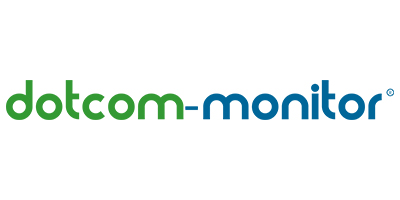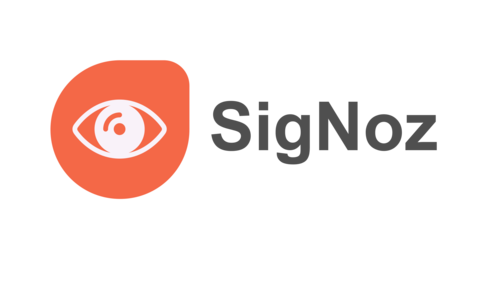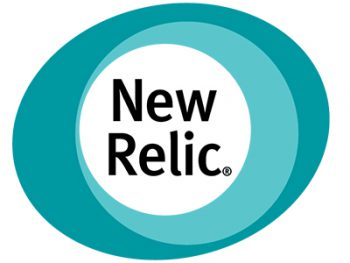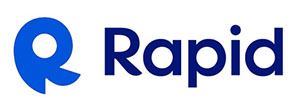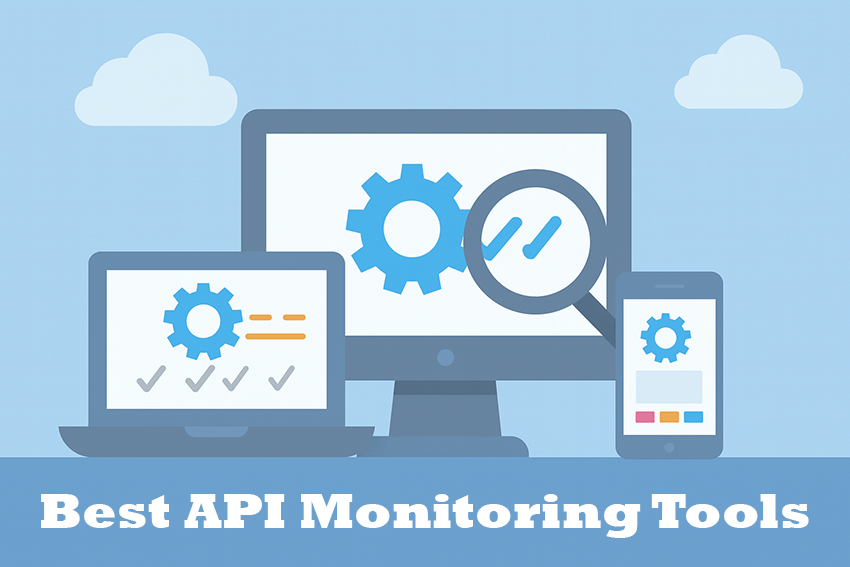
Page Last Updated December 2025
Modern applications are built on APIs. They connect payment systems, power mobile apps, enable integrations, and act as the glue for SaaS and ecommerce platforms. When an API slows down or fails, it isn’t just a technical hiccup—it can break entire customer experiences, block transactions, and disrupt revenue streams.
Downtime at the API layer often spreads silently. A website might be online, but if its checkout API or authentication endpoint isn’t responding, the user experience collapses. That’s why API monitoring has become mission-critical. It gives businesses real-time visibility into uptime, performance, and reliability, so issues can be detected and fixed before they impact users.
In this guide, we’ve put together the 15 best API monitoring tools for 2025—ranging from open-source observability platforms to enterprise-grade monitoring suites. At the top of the list is Dotcom-Monitor, which delivers a uniquely comprehensive approach to ensuring APIs perform flawlessly at scale.
How to Choose the Right API Monitoring Tool
With so many monitoring platforms available, the right choice depends on your team’s priorities:
- Ease of setup vs. depth of features – Do you want plug-and-play monitoring, or are you willing to invest in configuration for advanced insights?
- Open source vs. SaaS – Self-hosted solutions like Prometheus or SigNoz provide flexibility and cost savings, but require more engineering effort. SaaS tools like Dotcom-Monitor, Better Stack, or Datadog handle the heavy lifting for you.
- Developer vs. business focus – Some tools (Postman, Treblle) are developer-centric, while others (APImetrics, AlertSite) lean toward compliance and executive reporting.
- Ecosystem fit – If you’re already invested in a platform like Datadog, New Relic, or AppDynamics, it makes sense to centralize API monitoring there.
- Budget and scale – Lightweight options are fine for startups, but enterprises running thousands of API transactions per second need global coverage, SLA reporting, and enterprise-grade alerting.
A Complete List of API Monitoring Tools
With that said, listed below are the top API monitoring tools, along with some of their key features and other things to review when choosing a product to monitor your API’s performance.

